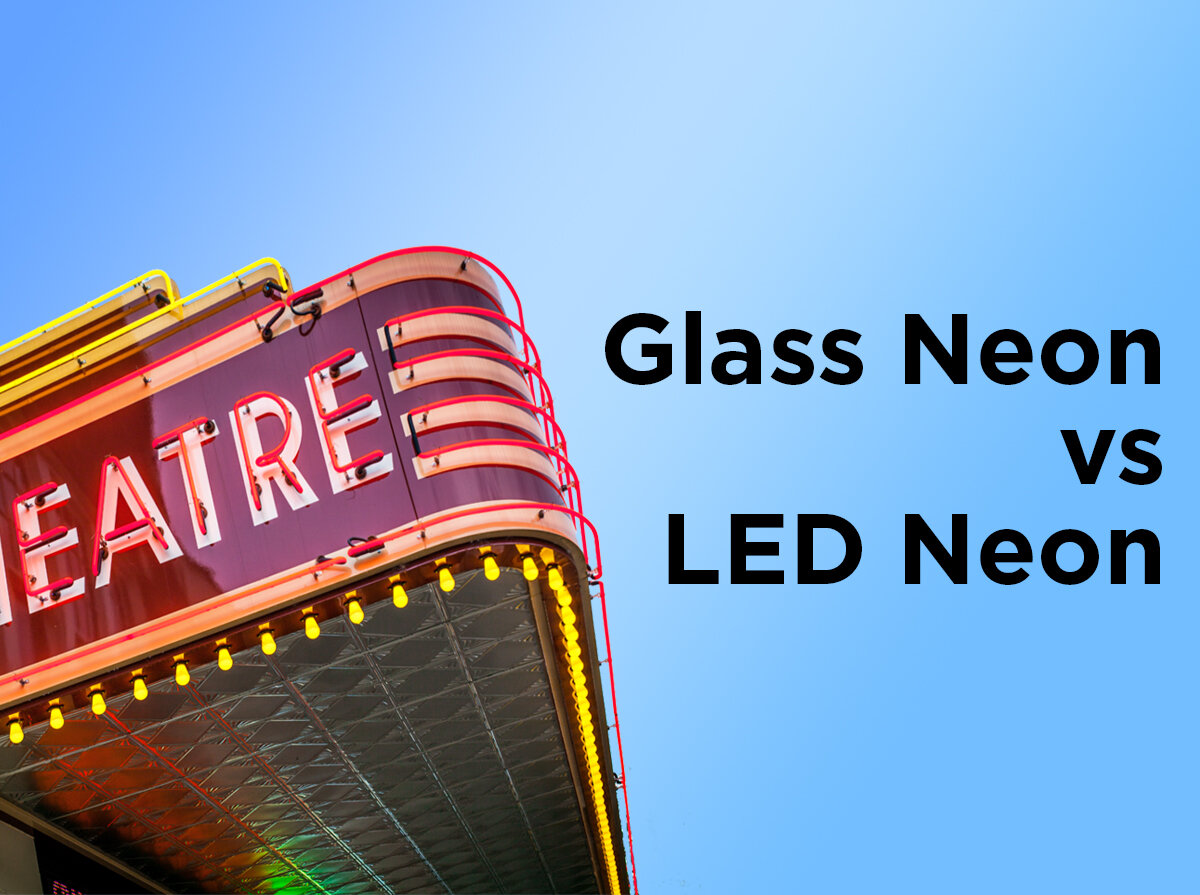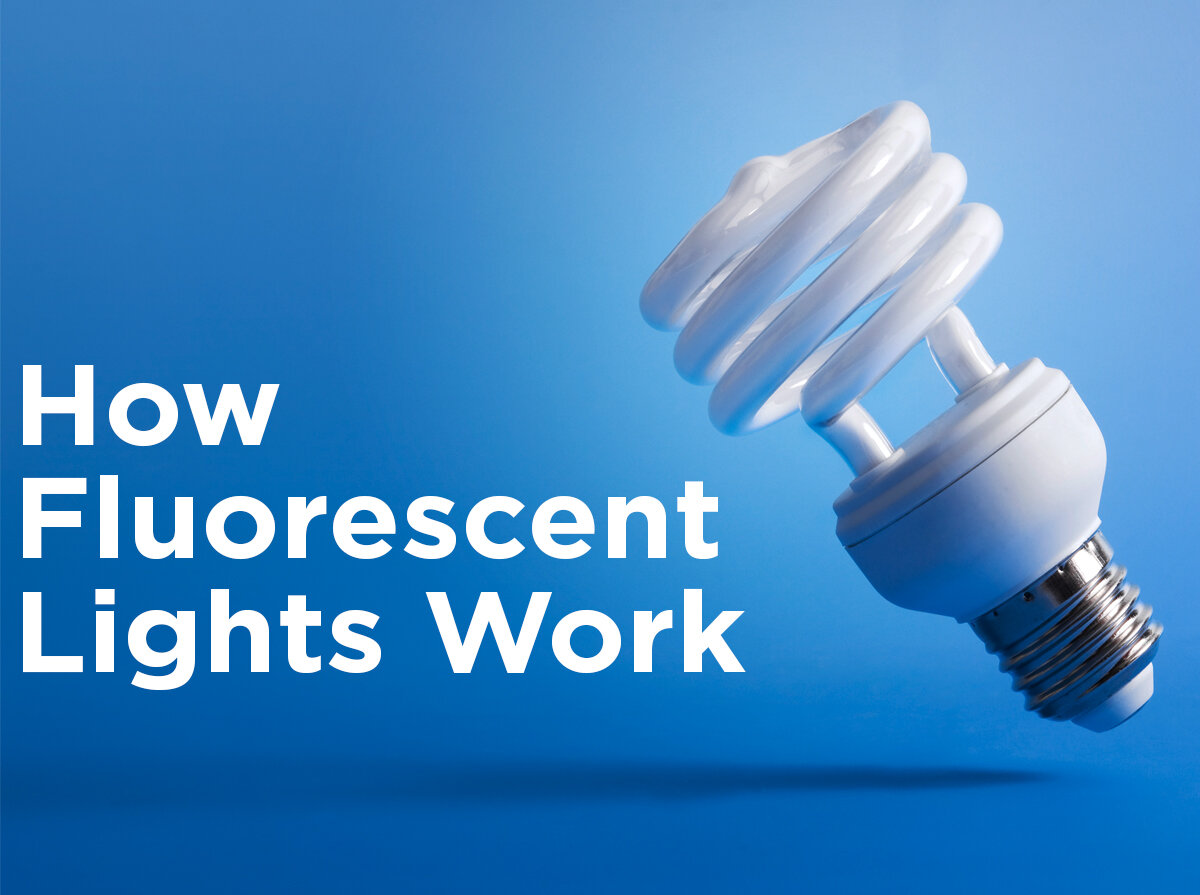How LED Lights Work
Prior to this post, we’ve covered gas and filament-based lighting. Incandescents and halogens use heated filaments while fluorescents and HID lamps pass electricity through gases to produce light. LEDs are cut from a different cloth. They are known as “solid-state” lighting because solid matter produces the light; no filaments or gases required. Let’s take a look at the technology and science at work in lighting’s most efficient up-and-coming bulb.
What Is a Light Emitting Diode?
LEDs or Light Emitting Diodes are actually one of the simplest types of semiconductor devices. In very general terms, a semiconductor is a substance or material with the ability to conduct an electrical current. LEDs commonly use indium-gallium-nitride (lnGaN) as their conductor material. When voltage is applied to the device, electrons fill in the electron holes in the semiconductor and simultaneously release energy as photons (i.e. light) in a process known as electroluminescence. An electron hole occurs when an atom lacks electrons, which create a negative charged, and therefore the atom has a positive charge. Pure lnGaN doesn’t have any electron holes to carry the electrical current so manufacturers add impurities or atoms of another material to create electron holes or free electrons. That process is known as doping. Doping a semiconductor allows you to make two separate types of semiconductors in the same material. The boundary between the two types where the electrons cross is called a p-n junction. The junction is a one-way trip; current can only flow in one direction. Diodes have an anode wire (positive side) and a cathode wire (negative side) to facilitate this journey. As electrons pass through one crystal to the other they fill the holes and relax their energy levels by emitting the photons we mentioned earlier. The small epoxy lens casing that covers the actual LED is mean to A) protect the semiconductor material and the electroluminescent process and B) provide a type of conical reflector to intensify and direct the light output.
Lighting Fact: Did you know that LED technology has actually been around for over 50 years? In early 1960’s some of the first diodes were being tested. The more recent development of white-colored LEDs has brought about the rise of LEDs as a suitable replacement for other white light sources in work places and households.
How an LED Light Bulb Works
Diodes use InGaN as the common semiconductor because it creates a bright blue light and, like fluorescents, a phosphor coated casing can be used to create white light. In an LED light bulb, a series of diodes is wired together in an array, surrounded by a reflector and possibly another plastic or glass casing in the shape of the bulb you need. Since the casing of each diode refracts the light in a certain direction, LEDs are very good at directional lighting. A household omnidirectional LED is more like a traditional light bulb. The diodes are set in a cylinder formation, covering nearly 360 degrees horizontally. Diodes are also placed on the top of the cylindrical array to provide upward lighting. This formation allows the light to mimic the beam spread of incandescent bulbs.
Lighting Fact: Does “GaN” sound familiar? That’s because Shuji Nakamura, electronic engineer and professor at the University of California, Santa Barbara, is a co-founder of Soraa lighting. Soraa uses GaN on GaN technology to produce high quality LED lighting. Nakamura helped invent the Nobel prize-winning violet LED using gallium nitride or GaN. The violet LED was a major breakthrough in creating better white LEDs for commercial use.
Now that you know how LEDs work, are you ready to make the switch? If you need help upgrading your home or business, don’t hesitate to call 1-800-624-4488 where one of over 50 dedicated agents will be happy to help you begin your energy-saving journey.







